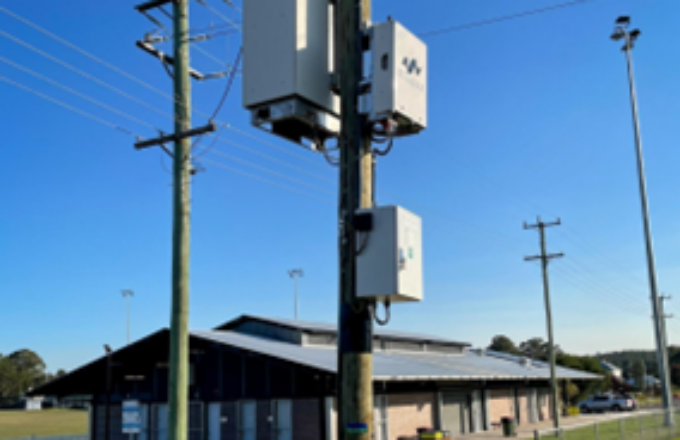Should DNOs pay to keep their networks healthy?

In traditional Chinese medicine, people paid their doctors to keep them well, with acupuncture, herbs and lifestyle advice. If they got sick, they stopped paying until their health was restored. So what if we applied something similar to network wellbeing and paid for a positive outcome — ongoing network health — rather than simply forking out for the cost of failures?
We are posing this question now because we believe advances in Artificial Intelligence (AI) have the potential to flip the existing model. We would change from applying solutions to identify network faults and failures to a situation in which we can accurately identify the early symptoms and causes of problems long before they develop into actual faults — in short, preventative network healthcare, rather than find-and-fix fault response.
Prevention vs cure
Our COPPsystem (Cable Outage Prediction & Prevention system) is a perfect example of active network healthcare in practice – and an early indicator of the game-changing power of AI to improve grid management.
Field trials of COPPsystem, which uses advanced AI to analyse waveforms from LV cables, have shown that, in complex LV network architectures, it can identify, locate and classify abnormal activity, in terms of probability of failure, with unprecedented accuracy. This is not just in cables and joints where failure is imminent but also where there are early signs of faults developing that will inexorably develop into failures. This takes place long before fuses rupture or protection devices are activated.
Planned vs unplanned
An unplanned LV cable repair typically costs £5,000 plus disruption to customer service. A planned repair typically costs £1,500, with minimal disruption, and can be scheduled and budgeted for as part of a measured asset management strategy. If by actively monitoring the health of networks COPPsystem can dramatically reduce the number of unplanned outages, how should users pay for it?
The starting point for such a radically different approach must be for DNOs to identify the outcomes they want from better network health — better reliability and uptime, lower costs and predictability, to name a few. Next: what is the value of achieving those outcomes?
Pay by results?
In this context, the conventional approach of buying products and services to achieve certain results, and allocating costs to capital or operational budgets, has its limitations. So, as a thought experiment, we propose a different way of looking at things — and we would very much welcome the views of customers on this.
One option would be to pay for a solution such as COPPsystem (of which more on its capabilities and potential in a moment) on a results basis, wholly or partly. The solution would be supplied at minimal upfront cost, possibly on lease, and the supplier rewarded for the unplanned outages it enables the user to avoid. Conversely, rewards would be deducted if the solution was unable to predict and prevent a fault. Buyer and supplier would share risks and rewards.
A model of health
OK — but how can you quantify and reward non-events (averted failures)? This is where the sophistication of COPPsystem’s ability to analyse waveforms with its AI algorithm comes to the fore. Cables were dug out in field trials where the system identified pre-faults. In some cases, there was obvious physical degradation. In others, there was no apparent problem visually — but splitting the cable revealed internal issues, exactly as flagged. Pre-fault events were confirmed in every case.
Far from being a simple find-a-fault instrument, the real power of COPPsystem is that it creates a virtual model of whole networks and monitors them continuously, learning and improving in accuracy as it goes. It accurately analyses and classifies the type of events. This is in contrast to more basic fault-finding technologies, where the fault type may be unidentified and lead to repeated faults.
COPPsystem’s ability to classify pre-fault activity can be enhanced in the future to include identifying correlations with environmental factors. Its ability to discount activity with no significant risk of preceding a fault is obviously of critical importance.
The future of AI
The exciting aspect of COPPsystem is not simply its application to predicting and preventing faults in LV cables. It is a working demonstration of the potential of AI to deliver preventative healthcare across whole networks, using the same principle for MV and HV assets.
Are we about to enter an era where operators pay technology specialists like Fundamentals to keep their networks healthy, with rewards based on positive outcomes? We welcome your thoughts.
Learn more

- Article
- Other
Fundamentals and SystemCORP Energy Join Together with Shared Vision

- Article
- LV Network Control
- Other
How EcoJoule solutions can tackle local EV charging issues

- Article
- Other
Artificial intelligence demonstrates power to predict and prevent LV cable failures

- Article
- Other